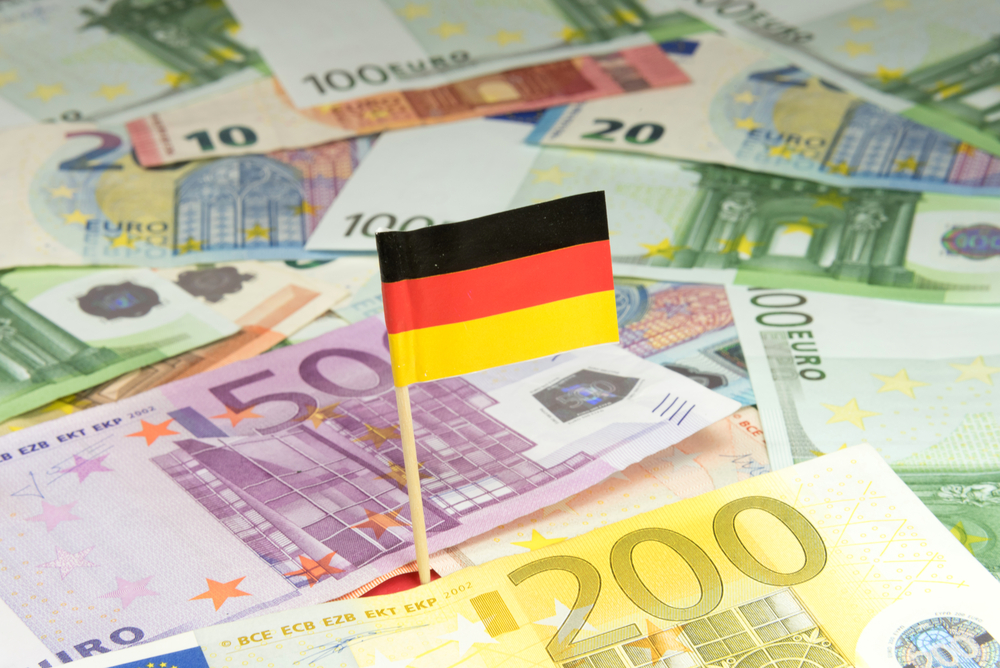

This article was originally published in 2019.
The foreign exchange markets reacted with horror on Monday after serious concerns about the performance of the German economy significantly affected the single European currency.
Figures on the German economy were released early on Monday morning, looking specifically at the purchasing managers’ index.
This index showed that the country’s private sector, which has traditionally been seen as one of Europe’s most buoyant and strong, had actually contracted for the first time in almost seven years.
The service sector in particular took a hit, while the manufacturing sector’s recession was revealed to have gotten worse.
As a result of the developments, the single European currency saw nearly half a percentage point wiped off its value in just a few moments.
Prior to the data release, it was seen at $1.10 in its pair with the US dollar.
Once the numbers came out, a drop to just above the $1.09 mark occurred.
This reflects its worst performance in 11 days.
Analysts said they were uncertain whether or not there were any positives on the cards for the dollar, and appeared to suggest that the answer was no.
The dollar index, which monitors the performance of the greenback in relation to six other major currencies including the euro, was up by 0.3% as a result of the crisis in the Eurozone.
It was recorded at 98.776 at one stage.
This also occurred in part because of a perception among forex traders that there may be progress in resolving the US/China trade battle.
The journey towards this position was rocky, though.
As of Friday, progress seemed to be in jeopardy yet again.
US President Donald Trump, who has made protectionism a key plank of his economic policy, said in an interview with journalists that a partial deal was not on the table.
China responded in a tit for tat manner and called off planned visit opportunities with representatives of the American agricultural sector.
Things appeared to lighten up later in the day as both countries published updates on the status of the talks.
In China, the Commerce Ministry said that talks were “constructive” – and the US expressed similar sentiments.
The offshore Chinese yuan also seemed to benefit from these developments, with a rise of 0.1% occurring for it.
Other currencies are experiencing different performance problems.
The Japanese yen suffered from what appeared to be a slightly increased appetite for risk around the world.
It went down by a fifth of a percentage point in its pair with the US dollar and was spotted at 107.75 at one point.
The yen will now also have to contend with the presence of a public holiday in Japan today, which is expected to slow down trading volumes significantly.
However, it wasn’t all doom and gloom in the Asia Pacific region.
The Australian dollar was up by 0.1% and reached $0.6772 against the US dollar at one point, in what may well be a sign that the country continues to enjoy a deep relationship with the fortunes of its big trading partner China.
Forextraders' Broker of the Month
BlackBull Markets is a reliable and well-respected trading platform that provides its customers with high-quality access to a wide range of asset groups. The broker is headquartered in New Zealand which explains why it has flown under the radar for a few years but it is a great broker that is now building a global following. The BlackBull Markets site is intuitive and easy to use, making it an ideal choice for beginners.
